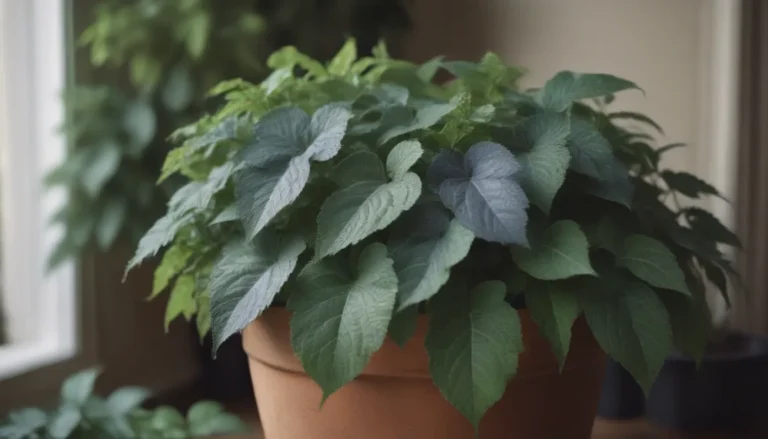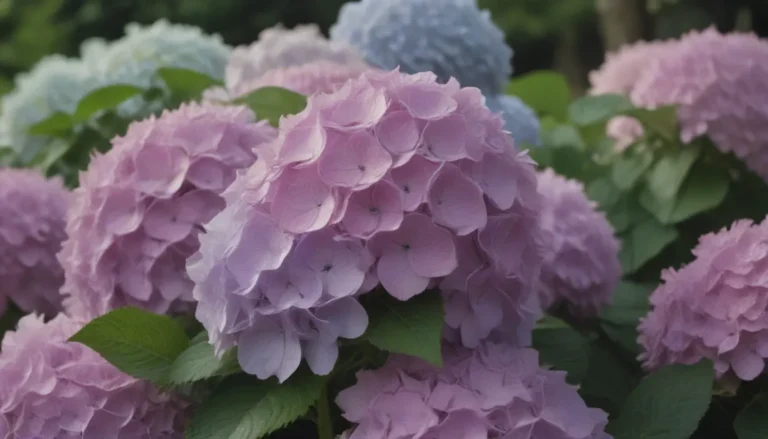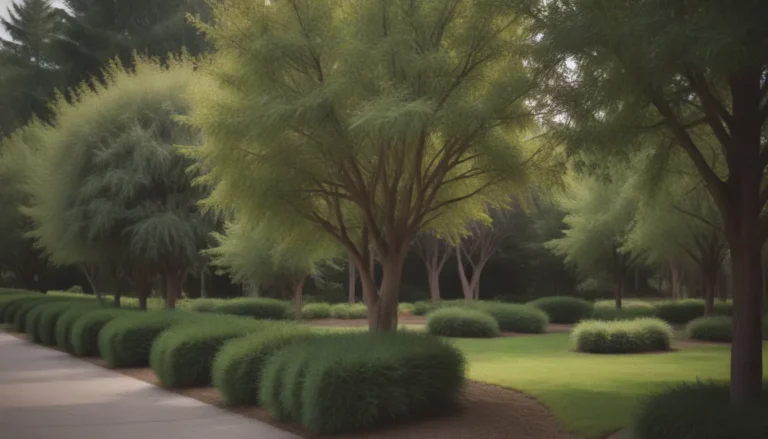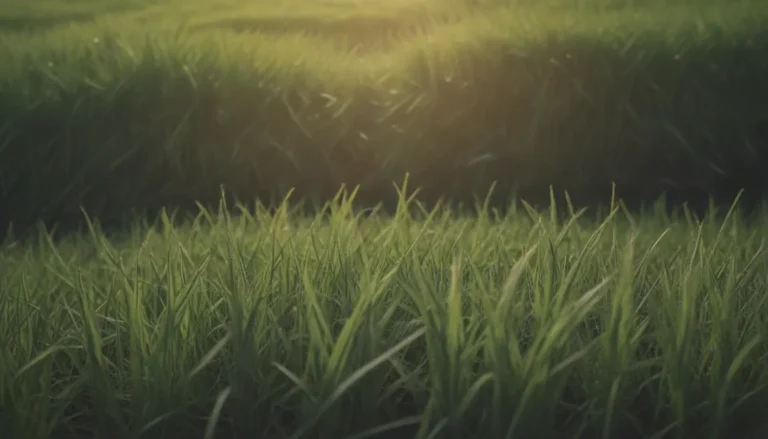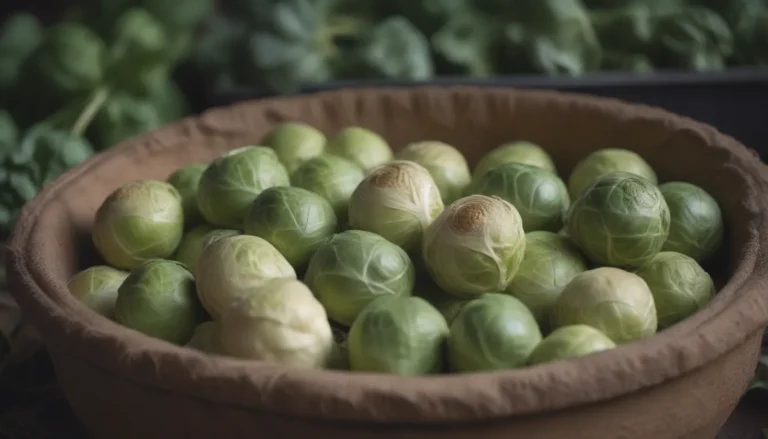The Ultimate Guide to Growing and Caring for Philodendron Erubescens
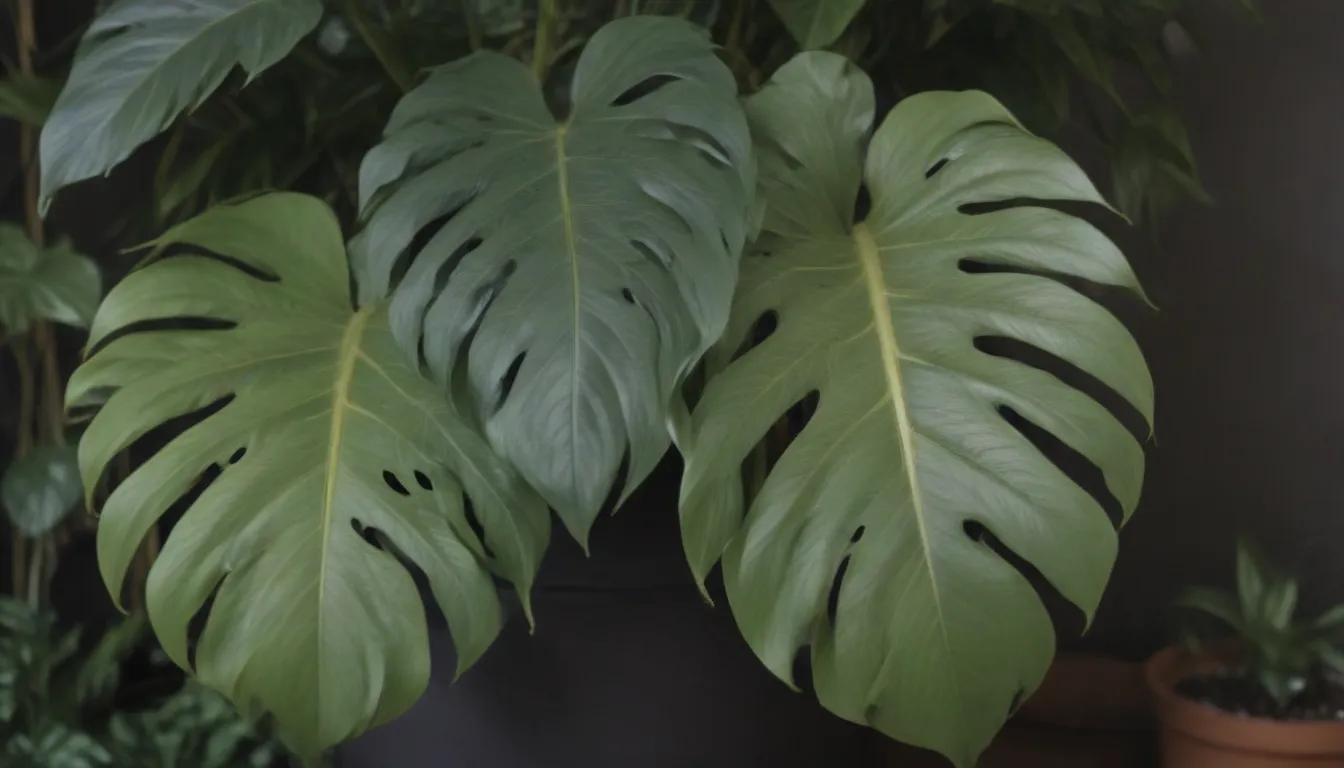
Are you a plant lover looking for a stunning addition to your indoor garden? Look no further than the Philodendron erubescens, also known as the ‘Red Emerald’. This exotic plant is native to Costa Rica and the rainforests of South America, boasting beautiful leaves with reddish undersides that cascade down as they grow. In this comprehensive guide, we will explore everything you need to know to successfully grow and care for your Philodendron erubescens.
Why Choose Philodendron Erubescens
Philodendrons are highly valued for their beauty and are a popular choice for indoor plants. The Philodendron erubescens, in particular, is known for its aggressive climbing habit and unique leaves. While it can reach towering heights in its native environment, as a houseplant, it is more likely to stay around 3 feet in length, making it a manageable plant for any indoor space.
Philodendron Erubescens Care Tips
Taking care of your Philodendron erubescens is relatively easy, as long as you provide it with the right conditions. Here are some essential care tips to help your plant thrive:
Light: Philodendron erubescens thrives in indirect sunlight. Place it near an east-facing window where it can receive morning light without direct exposure to the sun’s rays. If the leaves start turning yellow, it may be getting too much sunlight.
Soil: Philodendrons are not picky about soil, but they prefer a loamy, nutrient-rich mix that drains well. Opt for a potting mix with a neutral to acidic pH and add sand if the soil is too heavy.
Water: Water your Philodendron erubescens when the soil surface is dry. Overwatering can cause the plant to rot, so ensure the pot has proper drainage. Yellow leaves may indicate too much water.
Temperature and Humidity: Philodendron erubescens enjoys warmth and moisture. Maintain temperatures between 55 and 80 degrees Fahrenheit and provide regular room humidity for optimal growth.
Fertilizer: During the growing season (spring and summer), fertilize your Philodendron erubescens once or twice a month with a houseplant fertilizer. Follow the product instructions for the correct dosage.
By following these care tips, you can ensure that your Philodendron erubescens remains healthy and vibrant in your home.
Types of Philodendron Erubescens
While the ‘Red Emerald’ is a popular choice, there are other varieties of Philodendron erubescens worth exploring:
- P. scandens:
- P. erubescens ‘Green Emerald’:
- P. erubescens ‘Pink Princess’:
Each variety offers its own unique features and growth habits, allowing you to choose the perfect Philodendron erubescens for your indoor garden.
Pruning and Propagating Philodendron Erubescens
Pruning: Philodendrons require minimal pruning but may benefit from occasional maintenance to control their size. Prune your plant during the spring or fall, removing yellow leaves and trimming leggy growth as needed.
Propagating: Philodendron erubescens can be easily propagated through cuttings or division. Take a stem with multiple aerial roots and propagate it in the spring for best results. Follow a simple step-by-step process to propagate your plant successfully.
Growing Philodendron Erubescens From Seed
Growing Philodendron erubescens from seed is a straightforward process that requires proper soil, moisture, and light conditions. Plant the seeds in moist soil, cover with plastic wrap to retain moisture, and place in a bright, indirect light location. With time, your seeds will sprout, and you can care for them as usual to ensure healthy growth.
Potting and Repotting Philodendron Erubescens
Young Philodendron erubescens plants are rapid growers and may require repotting annually. Provide a climbing structure for your plant to encourage upward growth and ensure proper care during repotting. Older plants can be challenging to repot but benefit from fresh soil and fertilizer to maintain their health.
Overwintering Your Philodendron Erubescens
Depending on your climate, you may need to overwinter your Philodendron erubescens indoors to protect it from cold temperatures. Gradually transition your plant inside to a bright, warm room, and return it outdoors when temperatures are favorable in the spring. By properly overwintering your plant, you can ensure its continued growth and health.
Common Pests & Plant Diseases
Philodendron erubescens are susceptible to pests like aphids, mealybugs, and scale, as well as leaf spot diseases. Prevent infestations by monitoring your plant regularly and treating any issues promptly. Use a mild soap solution for pests and apply fungicide for leaf spot diseases to keep your plant healthy.
Encouraging Blooms in Philodendron Erubescens
To encourage blooming in your Philodendron erubescens, hand pollinate the plant during the spring and summer months. Wait for the flowers to bloom, then apply pollen to the spadix to promote flowering. Trim spent flowers from the plant to encourage new growth and repeat the process as needed to maintain blooms.
Dealing With Common Problems
While Philodendron erubescens are resilient plants, they can face common problems like yellowing or browning leaves or leaf scorch. Address these issues by adjusting light and water conditions, ensuring proper drainage, and monitoring for signs of pests or diseases. With proper care, your plant can live for many years and bring joy to your indoor garden.
In conclusion, Philodendron erubescens is a beautiful and low-maintenance plant that can thrive in a variety of indoor environments. With the right care and attention, you can enjoy the unique beauty of this tropical plant in your home for years to come. So, get ready to grow and care for your Philodendron erubescens and watch it flourish in your indoor garden!

